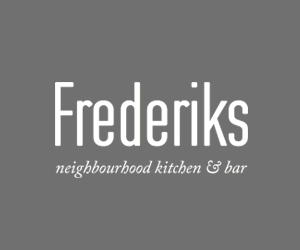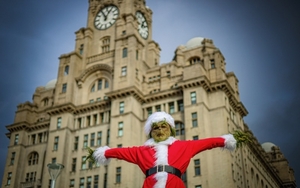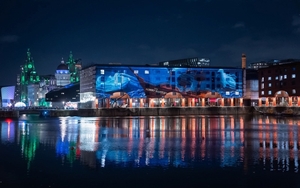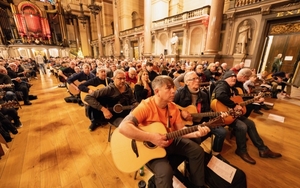WITH its giant nautical portholes and hulking concrete frame, Bebington Central Library today found itself among eight modern libraries in England – including the British Library – to be listed for its architectural merits.
The civic landmark earns Grade II listing following a recommendation from Historic England.
Designed in 1965, and built between 1967 and 1971, the Wirral library is the work of architects' practice Paterson, Macaulay and Owens of Bebington.
The building, formally opened in July 1971 by the Duchess of Kent, is constructed of a reinforced concrete frame on piled foundations, dark blue-brown facing bricks to the lower floors and pre-cast slabs with exposed aggregate surface of white Skye marble on the first floor, ribbed concrete plinth, dark-brown tiles to pyramidal roof light on flat roof of library.
The citation says the Grade II listing is for the library’s notable modernist architectural ambition, “boldly taking advantage of the benefits of scale afforded by an open site, and confidently referencing both Denys Lasdun's 1960-4 Royal College of Physicians and Le Corbusier in its form, whilst adding a more local, nautical reference in its use of giant porthole windows”.
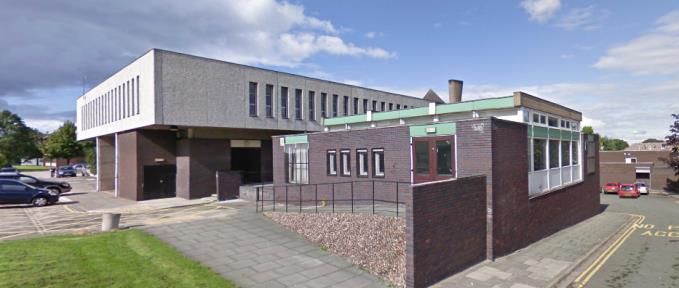 Round the back
Round the backThe accolade also recognises the library’s historic interest: as an exemplar of 1960s library planning, including lavish provision of other community activities alongside the library in the form of a suite of civic meeting rooms, originally with a coffee bar, and an exhibition space.
Bebington's first free public library was established in 1866 by Joseph Mayer, a Liverpool goldsmith, who lived in the town. A growing community meant it became increasingly obvious the library was inadequate to meet Bebington's needs. In 1965 the Borough Council commissioned local architects' practice Paterson, Macaulay and Owens to design a new library to hold 66,500 books, and to include a civic hall and rooms, known as the Joseph Mayer Rooms. The replacement library cost £387,000.
Making the announcement today, Heritage Minister Tracey Crouch said: “Libraries are the cornerstones of the communities they serve. They act as meeting places, provide areas to learn and are a credit to the volunteers at the heart and soul of the service. Many of these libraries have stood proudly in their communities for more than 50 years and I am thrilled that these institutions can be admired for many years to come.”
The British Library was given Grade One listing, joining an elite 2.5 pc of listed buildings to receive the highest classification.







